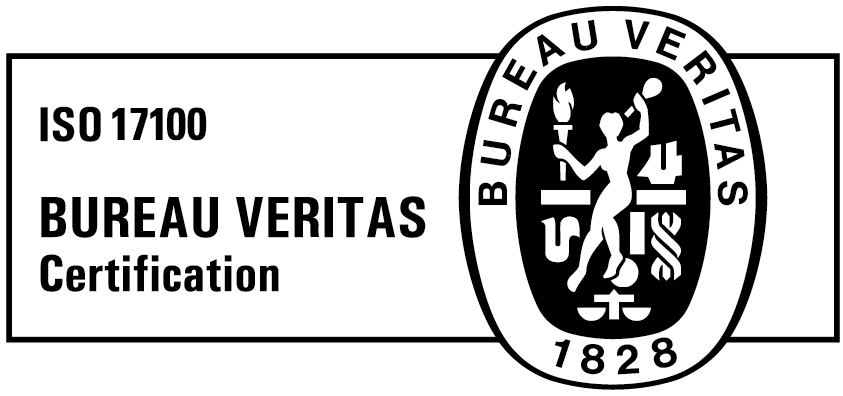Only 0.78% of users click on a link from the 2nd page of Google.That’s why everybody is fighting for the top spots on the 1st Google search results page. It’s especially important to be seen on the first page of the Google results page when you’re doing business in different markets with your business carried out solely online.
Being familiar with all the latest SEO tactics is a must when you want to build a strong online presence. When your aim is to start doing business in new markets, add thorough knowledge of the target market to SEO tactics mastery. Only when you combine these two will you be able to become a top player in every market that your company is doing business in.
Don’t worry if you don’t have the resources to do everything in-house; there are many SEO localization experts on the market that will help your company get to the first page of the Google results list.
Let’s dive in a bit deeper to see what SEO localization is really about and what you have to be careful about when building an online presence for new markets.
The Hidden Gems That Can Make All the Difference
ALT tags, image titles, HTML tags, metadata, keywords and many more aspects are the hidden gems not visible to the human eye; but Google sees and cherishes each and every one of them.
Although it’s not what visitors to your page see when visiting your website, these are the factors that search engines take into consideration when deciding which position you’ll get in the search results. Any experienced SEO expert will tell you how important this technical aspect of search engine optimization is right next to the content on your pages.


Keyword Research
Translating keywords is simply not enough for you to reach new audiences. Thorough research has to be done as different markets have different search habits.
Each country has its own language structure, expressions, specific vocabulary and different information needs. To deem your keyword research a success, you’ll have to be aware of all of these market-specific aspects.
Search habits will differ from country to country, even if they speak the same language.
The Importance of Titles
36% of SEO experts think that the headline/title tag is the most important SEO element, so don’t think it’s oh so easy to just literally translate the titles. One title may work like a charm in one language, but doesn’t necessarily have the same effect in other markets.
When we talk about titles, we’re not only talking about titles on blog posts or landing pages, but also image titles. These are also very significant as they can appear on top of the Google images search results when done right.

Normally, the title has to contain the focus keyword of the page to get a better SEO ranking. The image title also gives the search engines a better understanding of what’s on the picture.

Meta Descriptions
When scrolling through the search results, meta descriptions accompany your website link. Meta descriptions hold a lot of power since that is the point where users may decide to click on your link.
Localizing meta descriptions might sound easy enough, but it’s anything but that. Meta descriptions have a length restriction, meaning that the content has to be well thought-out, must include your focus keyword and should acknowledge the language specifics of the target market.
ALT Tags
ALT tags can add further relevancy signals to your website and help Google to better understand the content of the image and rank it accordingly.
When it comes to ALT tags, be as descriptive about an image as possible. You want your image to appear in the Google Images results under a relevant search term, right?
ALT tags are often the forgotten part of SEO localization. But keep in mind that when you fail to localize ALT tags, it makes it harder to determine which language is the primary language of the page.

Ready to Take Your SEO Localization Efforts to the Next Level?
If you don’t have the resources to handle SEO localization in-house, you can entrust your content to an experienced language service provider that covers all the above mentioned aspects.
Even when you find a provider that will help you with your international SEO efforts, it’s advised that you cooperate with your localization team. This way, they will be able to know at all times what exactly you want to achieve and who you want to reach. Only when you express your wishes, the experts can localize your content and make sure your SEO efforts will pay off.
Frequently asked questions
What is SEO localization?
SEO localization is the process of localizing all your website content – including the hidden gems that your visitors normally don’t see. That includes keywords, ALT tags, image titles, HTML tags, metadata, etc.
How do you do international SEO?
Before you start localizing your website, make sure to determine which countries you want to target. Depending on the country and its online habits, you’ll adjust your content exactly to how your target market’s habits.
What is the purpose and benefit of localization?
The purpose of localization is to adjust content to the target market, considering all cultural and behavioral specifics. If your content is adjusted to your target audience’s habits, you’ll be seen as a credible company and will ultimately earn the trust of your customers.
translations quicker than ever before!
read more interesting content like this.




